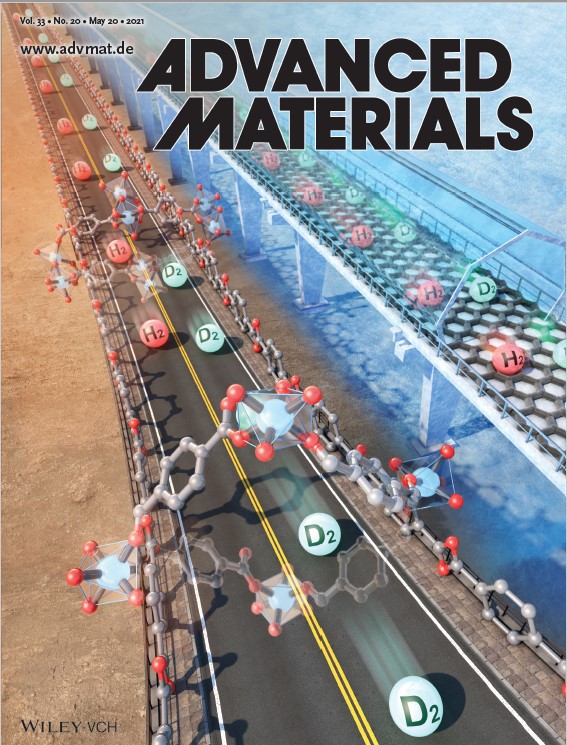Institute Electrochemical Energy Storage
Battery and Neutrons
Mission: The group activities are focused on energy materials research using neutron scattering techniques with a particular focus on materials for battery application and electrochemical energy storage. Neutron scattering investigation are complemented if needed with dielectric spectroscopy, DSC and BET analysis.
Why neutrons: To achieve the long-term goal of designing materials to desired properties, we need to understand and manipulate their functionality at the length, time, and energy scales of the phenomena and mechanisms involved. Neutron scattering is a powerful, non-destructive probe for the investigation of structure and dynamics in matter at nanoscale:
- The wavelengths and energies of thermal and cold neutrons are ideally matched to the length and energy scales in the energy-related materials that underpin current and future technologies, ranging from hydrogen storage systems to fast ionic conductors and electrolytes to materials for electric energy conversion
- Sensitivity of neutrons to light elements such as hydrogen and lithium is a large advantage in energy material research
- Particular strength of neutron scattering is neutron spectroscopy thanks to unique capability to deliver direct information in both space and time simultaneously, providing information about spatial aspects of molecular transport and charge transfer
News
Elucidation of Diffusivity of Hydrogen Isotopes in Flexible MOFs by Quasi-Elastic Neutron Scattering
Minji Jung, Jaewoo Park, Raeesh Muhammad, Jin Yeong Kim, Veronika Grzimek, Margarita Russina, Hoi Ri Moon, Jitae T. Park,* and Hyunchul Oh*
Kinetic-quantum-sieving-assisted H2:D2 separation in flexible porous materials is more effective than the currently used energy-intensive cryogenic distillation and girdle-sulfide processes for isotope separation. It is believed that material flexibility results in a pore-breathing phenomenon under the influence of external stimuli, which helps in adjusting the pore size and gives rise to the optimum quantum-sieving phenomenon at each stage of gas separation. However, only a few studies have investigated kinetic-quantumsieving-assisted isotope separation using flexible porous materials. In addition, no reports are available on the microscopic observation of isotopic molecular transportation during the separation process under dynamic transition.
Here, the experimental observation of a significantly faster diffusion of
deuterium than hydrogen in a flexible pore structure, even at high temperatures, through quasi-elastic neutron scattering, is reported. Unlike rigid structures, the extracted diffusion dynamics of hydrogen isotopes within flexible frameworks show that the diffusion difference between the isotopes increases with an increase in temperature. Owing to this unique inverse trend, a new strategy is suggested for achieving higher operating temperatures for efficient isotope separation utilizing a flexible metal–organic framework system.




